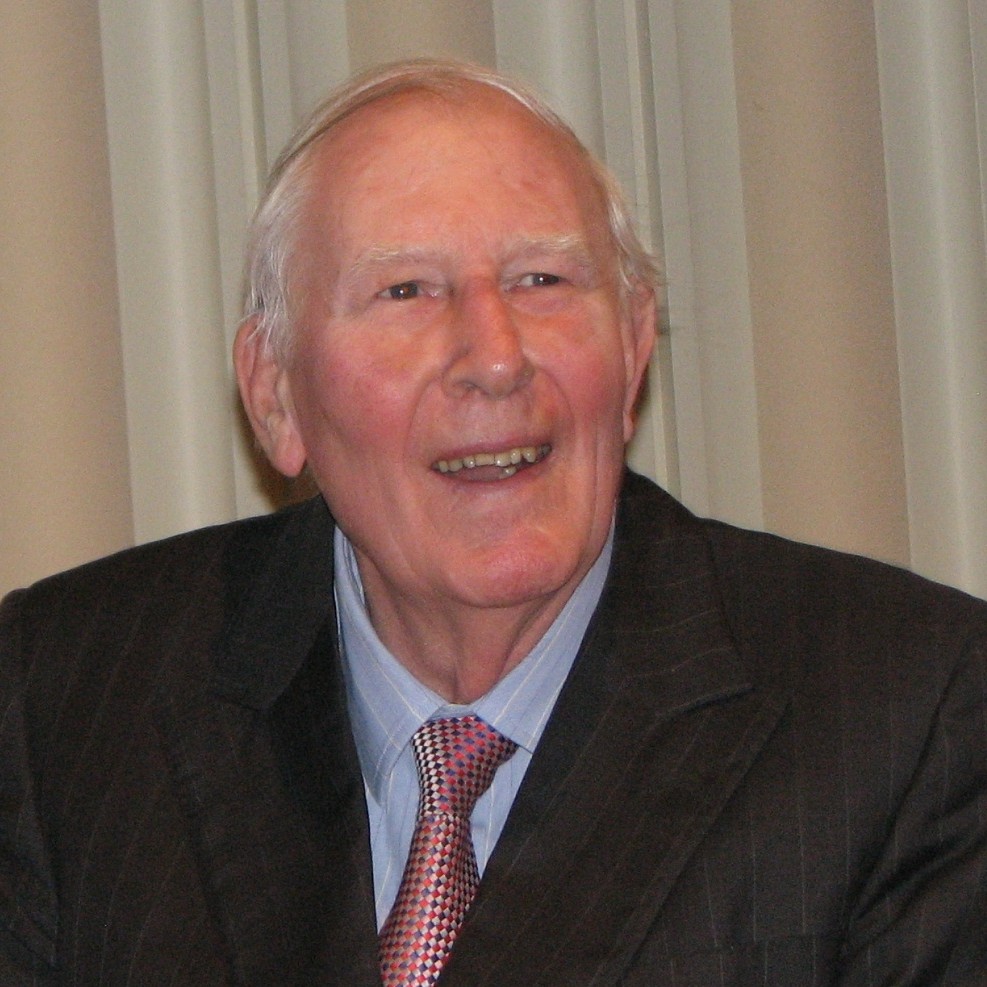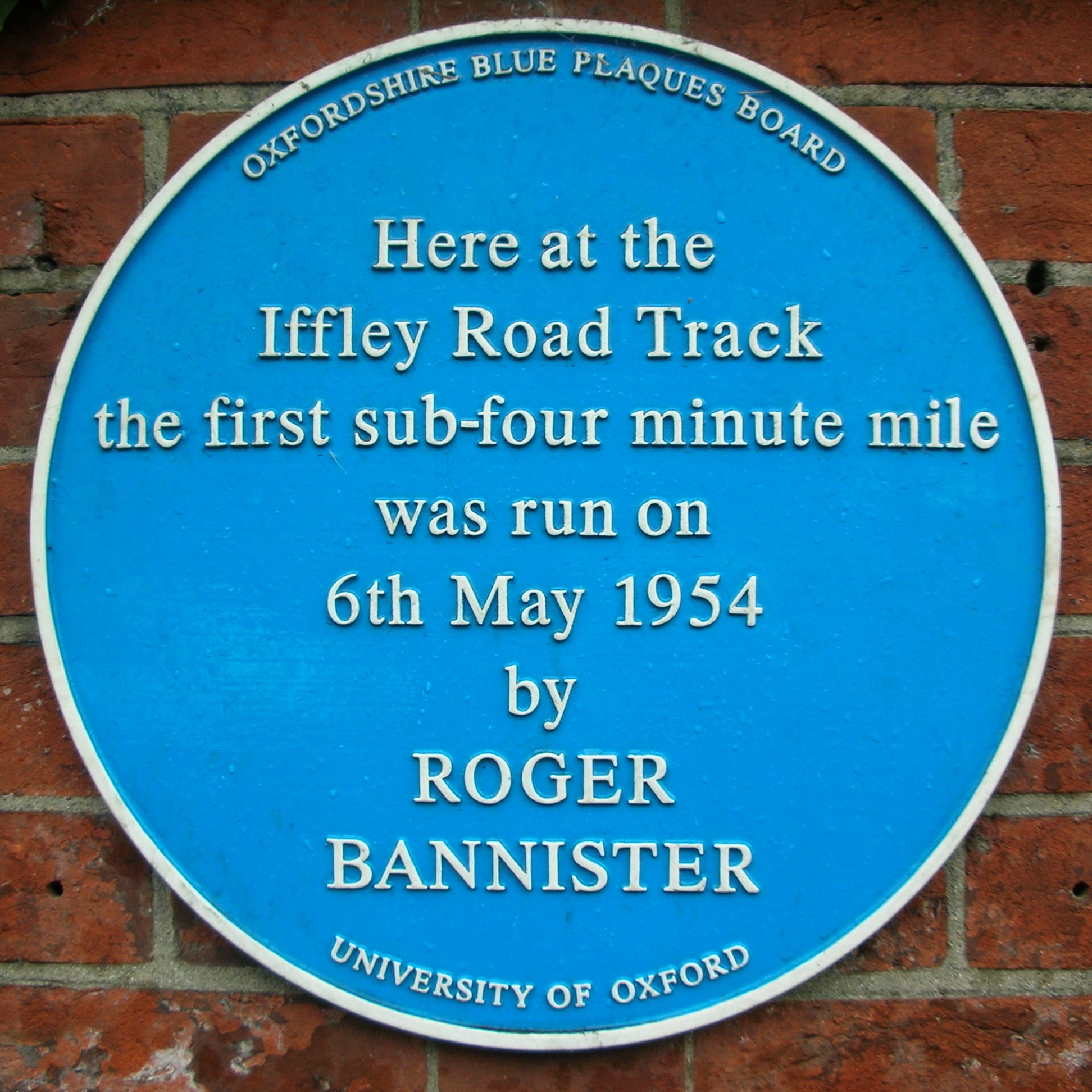Roger Bannister
Articles
Historical Quotes
View more from News & Articles or Primerus Weekly

By Tom Kirvan
In track circles, he ranked as a legend, joining the likes of such greats as Paavo Nurmi and Jesse Owens in running lore.
And yet, Roger Bannister – who eclipsed the 4-minute mile barrier on May 6, 1954 in Oxford, England – preferred to take a more measured look at his record-setting accomplishment, saying years later that it paled in comparison to the work he did in the world of medicine.
“I’d rather be remembered for my work in neurology than my running,” Bannister said in a 2014 interview. “If you offered me a chance to make a great breakthrough in the study of the autonomic nerve system, I’d take that over the four-minute mile right away. I worked in medicine for 60 years. I ran for about 8.”
Born in March 1929, Bannister was from a working-class family and displayed an early talent for running, winning the junior cross-country cup three consecutive years. At the 1952 Olympics in Helsinki, Bannister set a British record in the 1,500-meter race, a feat that spurred his desire to break the four-minute mile barrier.

A medical student at Exeter College in Oxford, Bannister devoted much of his training on the track to interval running, a somewhat revolutionary method designed to improve oxygen consumption in elite athletes.
After two unsuccessful attempts to break the four-minute mark, Bannister etched his name in the record books on a windy and chilly spring day in 1954 during a meet between British AAA and Oxford University. Tucked behind a pair of pacesetters much of the race, Bannister made his move on the backstretch with about a half-lap to go. Urged on by a frenetic crowd of 3,000 spectators, Bannister crossed the finish line in 3:59.4, a time fittingly declared by stadium announcer Norris McWhirter, a man who went on to co-publish the “Guinness Book of Records.”

“Doctors and scientists said breaking the four-minute mile was impossible, that one would die in the attempt,” Bannister said in the aftermath of his achievement. “Thus, when I got up from the track after collapsing at the finish line, I figured I was dead.”
Later that year, a fully alive Bannister would lower his mile mark to 3:58.8 before retiring from racing to pursue a career in medicine, mostly dealing with the autonomic nervous system, cardiovascular physiology, and multiple system atrophy. Ironically, Bannister was diagnosed with Parkinson’s disease in 2011 and died of pneumonia seven years later at the age of 88, leaving the world with such thoughts as, “The man who can drive himself further once the effort gets painful is the man who will win.”
*© Pruneau / Wikimedia Commons
**Photograph by user:Jonathan Bowen, CC BY-SA 3.0 <http://creativecommons.org/licenses/by-sa/3.0/>, via Wikimedia Commons